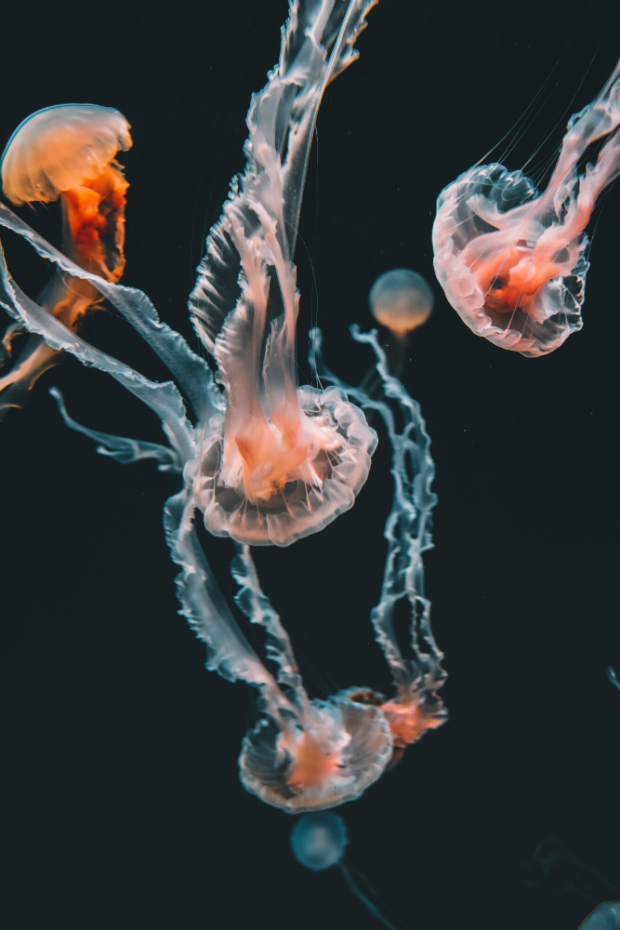(images: Upsplash)
Last week I interviewed Hannerie Visser about the future food trend book that she is set to release and it really got me thinking about how our food systems are changing, what we’ll be cooking, eating and how environmental elements are going to influence this hugely – if not wholly. Although climate change is happening, sometimes we can’t really ‘feel it’ on a general everyday basis but it’s definitely making an impact. It’s also been widely documented that massive changes to farming techniques and agriculture are needed in order to combat food insecurity, so it’s become pretty clear that what we eat in 2050 will be very different to what we’re eating today.
I did a little research to find out what food staples we’ll be relying on in 20 to 30 years time and this is what’s on the cards, guys…
1. Pea milk is set to be huge according to the podcast Why Do We Eat What We Eat. The reason? Scientists and environmentally conscious food companies are frantically looking at ways to diminish our carbon footprint, and it turns out that peas (which are legumes) can make their own nitrogen from the air, eliminating the need for nitrogen fertilizer that other plant milk ingredients require – like almonds for instance.
2. Insects will be our go-to sustainable and cheap source of protein. This isn’t a totally new concept as we’ve already seen the emergence of cricket flour in baked goods and insect milk ice cream (which I’ve actually had the opportunity to taste. Spoiler: it’s not great).
3. Mushrooms and wild herbs will be served on a lot of plates, says Alli Wist – an American artist and researcher whose work is anchored in food culture, food systems, and landscapes. She says, “the water scarcity issues we face will ultimately be driven by innovation in and our efficient use of water in the food system. Focus will be placed not only how how we source freshwater, but how we can better manage and recycle it, and how we may ultimately do more with less.” One of the biggest entities that will be impacted is industrialised agriculture, meaning we’re going to be looking (i.e. foraging) for our own edible plant food that will be growing naturally in the wild. Is it just me or does it feel like we might be going back to hunter-gatherer days? Eery!
4. Jellyfish! Futurism says that with the rising sea levels, humans are going to be looking at including more items from the ocean into our diets – like seaweed and yes, jellyfish! Why? We’re (hopefully) all already aware of the plight of over-fishing but evidently, jellyfish reproduce prolifically. Food writer, Stefan Gates told The Guardian that “the texture is something between cartilage and rubber”. And there will be even more of them in future thanks to climate change making oceans warmer and more acidic. Jellyfish chips, anyone?
What do you think we’ll be nibbling on in 30 years time? LET us know your predictions in the comments section below!

